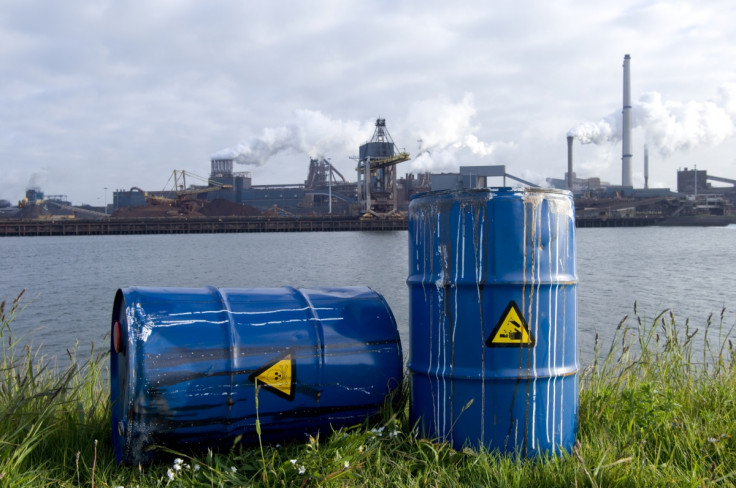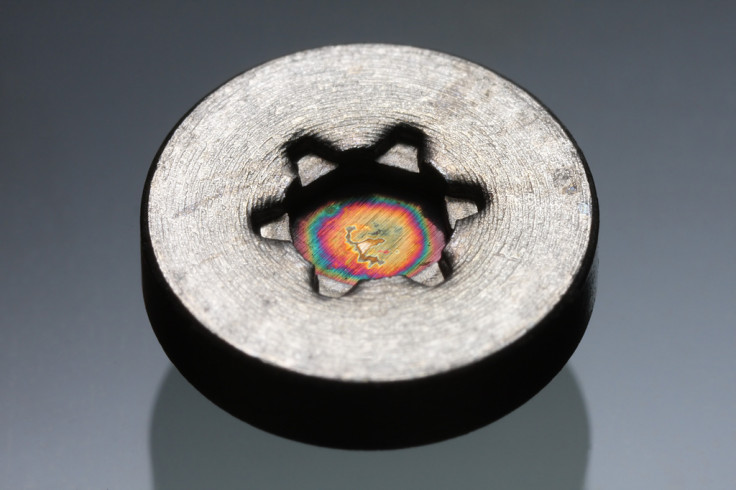Nuclear waste storage: Scientists discover how to remove radioactive toxic element americium

A new way to make nuclear waste safer has been developed. The technique aims to remove americium from waste, one of the trickiest radioactive elements to filter from toxic waste.
The research, published in the journal Science, could make the storage of nuclear waste much safer and non-toxic. The scientists say this could be a step in the right direction to solving the world's energy needs, as nuclear energy could be used with less restraint.
"In order to solve the nuclear waste problem, you have to solve the americium problem," said Tom Meyer, lead author of the study from the University of North Carolina. Scientists have been trying to remove it from nuclear waste for years due to its toxicity.
To remove the element from waste, researchers adapted a technique already used for solar energy. This technique involves tearing electrons away from water molecules in solar power.
They had to use twice as much energy to rip the electrons away from americium than they did with water, but the radioactive element did eventually break off from the remaining waste.

At this point, it acts just like the more common plutonium and uranium. It can then be removed in the same way as these radioactive elements, with existing technology.
Americium removal can be scaled up
The next step for this technology is adding it to the nuclear waste removal process, in power stations.
"We have a strong foundation for scaling up this technology," said Chris Dares, physicist working on the study. "Not only will we no longer have to think about the dangers of storing radioactive waste long-term, but we will have a viable solution to close the nuclear fuel cycle and contribute to solving the world's energy needs. That's exciting."
© Copyright IBTimes 2025. All rights reserved.






















